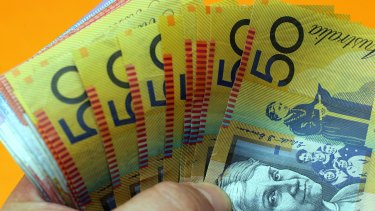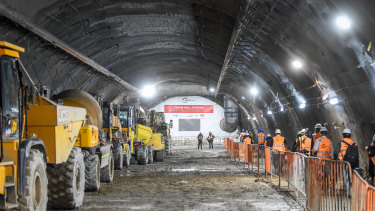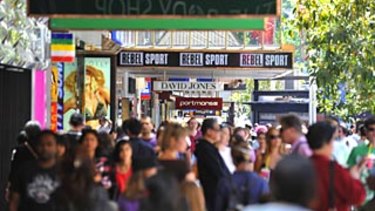Catastrophe, recovery and debt: The tale of the Victorian budget
The budget tells a tale of economic catastrophe, followed by an impressive revival, funded by record debt.
The Victorian economy in real terms is projected to fall by 4 per cent this year and employment by 3.25 per cent.

But we are set to bounce back next year at almost one-third faster than the nation. The economy is tipped to grow in real terms by almost 8 per cent before settling back to a more sedate 3.25 per cent the year after, and 3 per cent thereafter.
The employment recovery is tipped to happen earlier, 3.5 per cent this year, 2.25 per cent in 2021-22 and 3 per cent the year after. Unemployment is to follow a similar pattern, falling from 7.75 per cent this year to 5.75 per cent over the next four years.
What is to drive the recovery?
It won’t be population growth. That’s tipped to be 0.2 per cent this year, and 0.4 per cent the year after. Not until 2023-34 is it projected to return to the level we have come to expect.
This year the recovery is to be driven by state government spending.
Operating payments will grow a humungous 21 per cent to reach $90 billion, before falling by six per cent in 2021-22. Infrastructure spending will lift by more than 60 per cent this year to reach $19.4 billion, and then hover around that level for the next three years. When revenue falls are factored in, the state government will inject a debt funded and unprecedented $42 billion into the economy in 2020-21, and around $23 billion for each of the next three years, with a trend pointing northward.
That huge stimulus is front-ended, with the scale of the injection falling in half next year.

With the stimulus being wound back at around the same time as the Commonwealth winds down its JobKeeper and JobSeeker payments, a lot depends on whether the private economy recovers in time, aided by Commonwealth tax cuts.
Private consumption is projected to recover next year, but is nevertheless expected to be ‘subdued’. Private investment is also ‘weak’ and its future ‘clouded’. Private construction activity is to ‘weaken’, and dwelling investment is only expected to ‘contribute to growth from 2022-23’. Net exports look a little better, but mainly because imports from a weak economy fall faster than the fall in what we sell overseas.

These observations are not likely to inspire great optimism, and that’s before we factor in other caveats. As the budget papers point out, “The outlook for coronavirus … is highly uncertain” and “risks to the Victorian economic outlook are much greater than normal.”
So the budget’s story should be treated with some caution. And what about all that debt? As long as the Reserve Bank says it will keep buying up our bonds, there is no need to worry for as a sovereign nation we remain in control of our currency. Even without that buffer, there is no shortage of money internationally right now chasing safe government debt. And to be sure, our assets will still exceed our liabilities by more than $100 billion.
For those who are still worried just remember the Japanese government’s debt now exceeds 200 per cent of GDP whereas ours is yet to hit 30 per cent.
Trouble will come only if the economy fails to recover. That’s the biggest question mark that remains after today’s eye-popping budget.
David Hayward is Professor of Public Policy at RMIT.
Most Viewed in Business
Source: Thanks smh.com